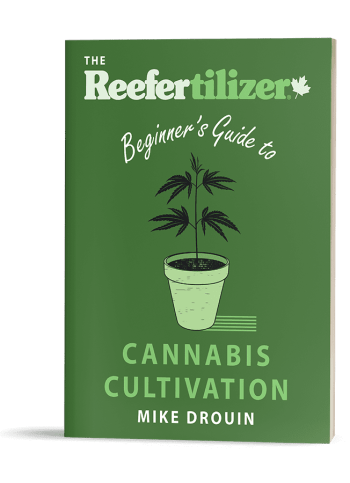Cannabis production is a burgeoning industry that functions under the scope of law. However, its rapid expansion has also created a concern for environmental challenges.
Both medically and recreationally, cannabis has been making exponential growth over the past few years and is only predicted to become much bigger. From 2022 to 2027, the cannabis industry is expected to increase from $27.7 billion to $82.3 billion. This isn’t only giving rise to companies focusing on the distribution and development of new cannabis products, but also to production. Understand the environmental aspect of cannabis cultivation, how sustainable practices are being introduced and more by reading below:
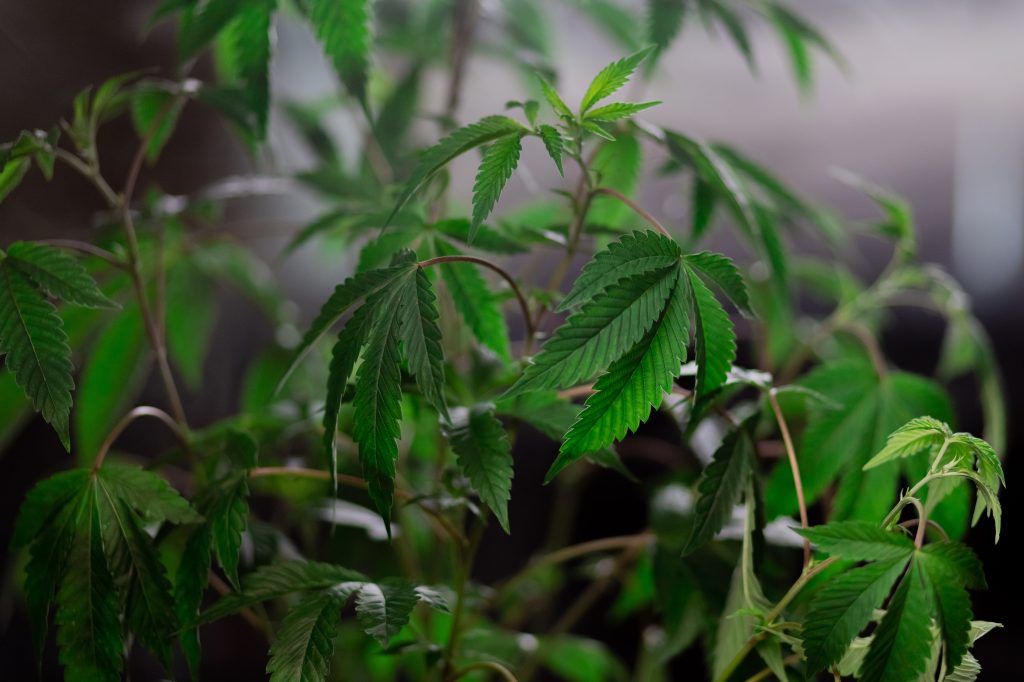
Learn to Grow Better Weed
Download our free guide to growing amazing cannabis at home.
Click Here For More Info
Focusing on Energy Efficiency
The energy consumption for cannabis cultivation has always been high, but increased cultivation has brought these concerns to the forefront. Previously, cultivation methods were highly oriented in tradition. It involved the use of high-intensity lighting with temperature control systems. This increases the carbon footprint. Many cultivators today are adopting energy-efficient lighting solutions like LED lights. The biggest benefit is that it reduces energy consumption. But it also emits less heat, which reduces the requirement for additional cooling systems.
Renewable energy sources like solar or wind energy are also alternative options to decrease the environmental impact of cannabis cultivation. Cultivators can look into subsidies or varied payment plans for the upfront cost of these technologies.
Reducing Water Consumption
Water is not limitless, and is a precious resource. Traditional cultivation methods generally require high water usage, and it can degrade the environment and cause water scarcity. Technology has made it possible for many processes to be automated, and one of them is irrigation for cannabis. Innovation irrigation systems such as drip irrigation and precision watering not only require less effort, but less water too.
Water runoff can also be reused and recycled with recycling systems, which can be monumental in reducing overall water usage. Cultivators can also consider rainwater harvesting if they live in tropical areas.
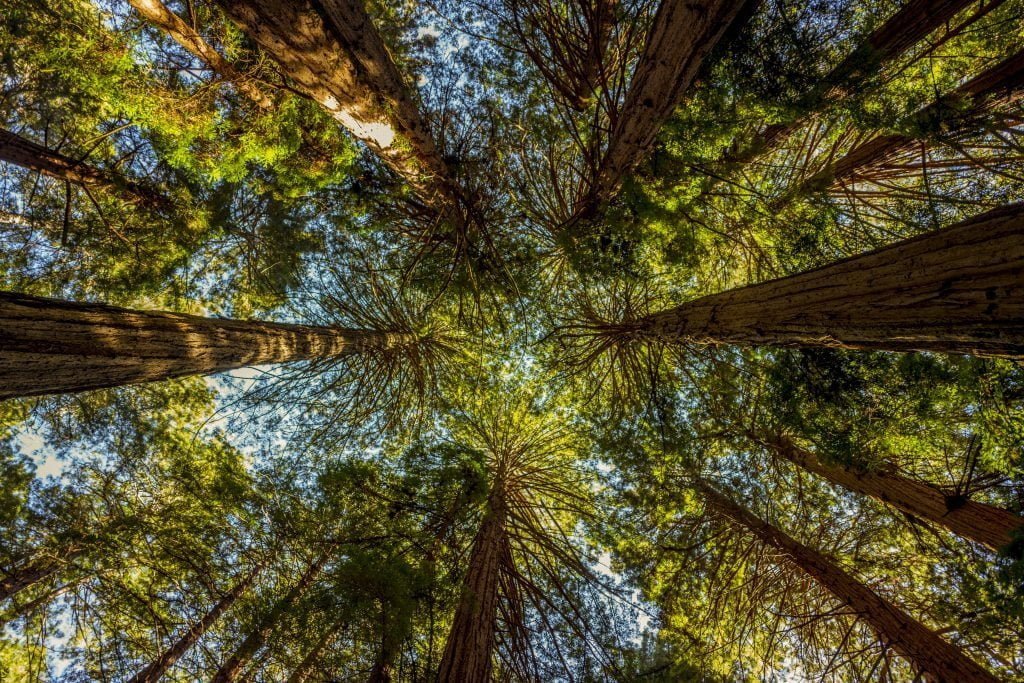
Introducing Automation
While the pioneers of cannabis cultivation may have had to do everything by hand, there’s no reason to do that in the 21st century. Avoid the back-breaking labor and introduce automation for better efficiency and output. Automation can be applied to all aspects of cannabis cultivation, from climate control, irrigation, extraction to even transplanting.
With automation, cultivators can expect lower operating costs (due to reduced labor), and streamline various processes while producing higher yields with better crop consistency. You can find many companies that design products that can be seamlessly integrated into automated practices, like Reefertilizer. All-in-one solutions are ideal when you’re looking to provide your cannabis with the ideal mix of nutrients, without increasing waste or reducing efficiency.
Incorporating Organic Farming Practices
Synthetic pesticides and fertilizers have been the norm, but nowadays, they’re more commonly used in conjunction with organic farming practices. Sustainable cannabis cultivation practices focus on organic farming practices, including the use of natural fertilizers, companion planting, and integrated pest management. Organic farming promotes soil health while reducing the risk of harmful chemical runoff into other water sources. Cover cropping and crop rotation are other sustainable ways to improve soil fertility.
Most importantly, incorporating high-quality chelated fertilizer in your organic farming practices helps reduce pollution, in turn supporting a healthier environment.
Applying Waste Reduction Strategies
There is no denying the amount of waste that is generated from practices in the cannabis industry. Whether it’s the packaging or the plant waste, cultivators need to research sustainable practices to address this waste. Utilizing biodegradable packaging materials and promoting recycling initiatives with third-party vendors are encouraged as good waste reduction strategies.
Composting plant waste and converting it into nutrient-rich soil amendments is also another viable option. Partnerships with local composting facilities are also encouraged to ensure the responsible disposal of organic waste. Some companies are delving into making hempcrete from the bodies of harvested hemp and cannabis to avoid it going to the landfill. Hempcrete is a durable building material that is also carbon-negative, making it a great option for other companies who want to turn towards sustainability in their building ventures.
Conserving Natural Biodiversity
Preserving as much biodiversity as possible is essential to protect the environment and ecosystems. Sustainable cannabis cultivation, in this aspect, can involve creating environments that support diverse flora and fauna. There are many cultivators that incorporate natural elements like companion plants, beneficial insects, and even cover crops to promote biodiversity while reducing reliance on synthetic inputs.
Other cultivators are adopting agroforestry practices, integrating cannabis cultivation with tree planting to enhance biodiversity while creating resilient ecosystems. There are many ways in which natural biodiversity can be conserved, and it can even flourish with the right tactics.
In cases where trees might have a negative affect of growth efficiency using reputable Austin tree services for removing trees the correct way the first time.
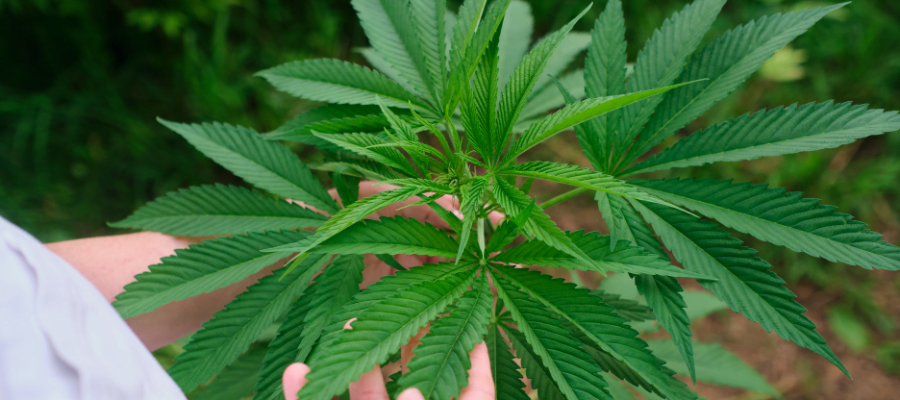
Enhancing Carbon Sequestration
Not many know that cannabis plants have the amazing ability to sequester carbon dioxide during photosynthesis. On average, one hectare of industrial-grade hemp can absorb up to 22 tonnes of carbon dioxide. When cultivators maintain healthy soil through cover cropping and minimal tillage, this can boost carbon sequestration.
Regenerative farming practices help in mitigating the environmental impact while aiding in maintaining healthy soil. Many researchers have also suggested that hemp and cannabis have the potential to be key tools for fighting climate change. Enhancing soil organic matter is also ideal for building sustainable cannabis cultivation systems.
Ensuring Sustainable Practices in Cannabis Cultivation
The current popularity of cannabis is unlikely to die down anytime soon, with pre roll distributors and local weed delivery services providing much-wanted products to customers near and far. And it’s not just cannabis cultivators that need to take responsibility. Economic growth needs to be balanced with environmental responsibility. While practices like energy-efficient technology, water conservation practices and more can help, all cultivators need to get on board. There should be awareness that sustainable practices don’t just save the environment, but money too.
The clientele today is becoming extremely climate-conscious, which means that cultivators who adopt environmentally sustainable practices will also see an increase in consumers who resonate with them. Collaborative efforts and ongoing innovation are both required to propel the cannabis cultivation industry forward in an environmentally conscious way. Understand the need, the problem, and the solution to ensure that you begin making changes to your cannabis cultivation for the better.
If you want to learn even more about growing good cannabis, we offer a free 40+ page guide full of images.
Now available on Amazon.
Sign up for our newsletter and download the digital copy today!
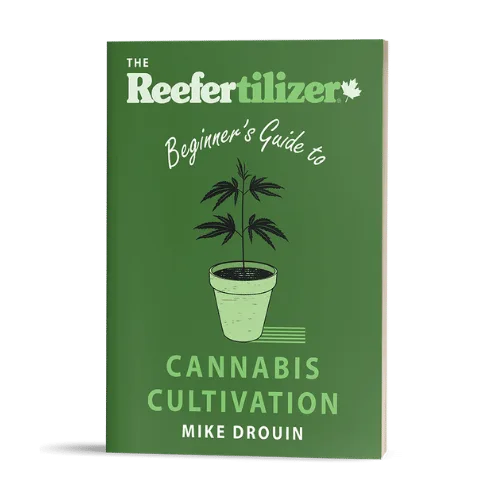
This guide will answer many questions about growing cannabis, like the following...
Selecting Seeds
Identify and Correct Problems
Maximize Yield
Much More...
Get a Chance to INSTANTLY WIN a Reefertilizer Nutrient Kit When You Sign Up.
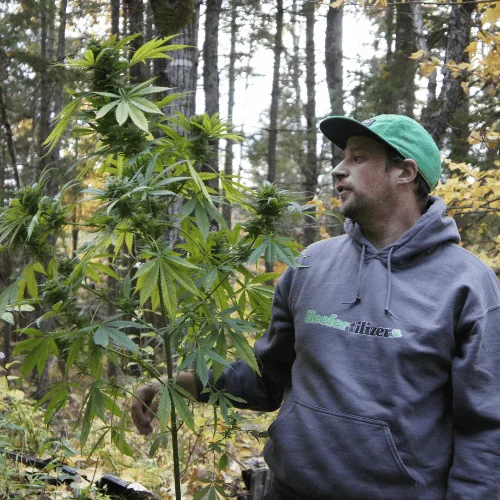
Mike Drouin is the co-founder of Reefertilizer. He’s an experienced craft cannabis grower and a writer of many articles regarding the process. Mike lives on Vancouver Island and enjoys cycling and camping and will sometimes combine the two.

